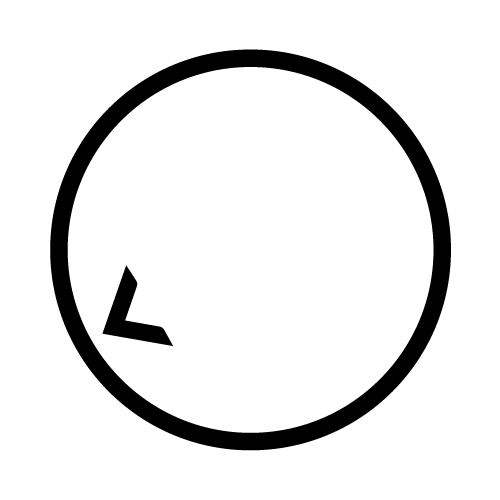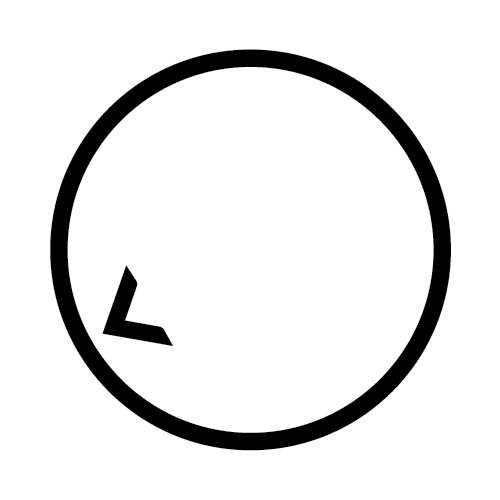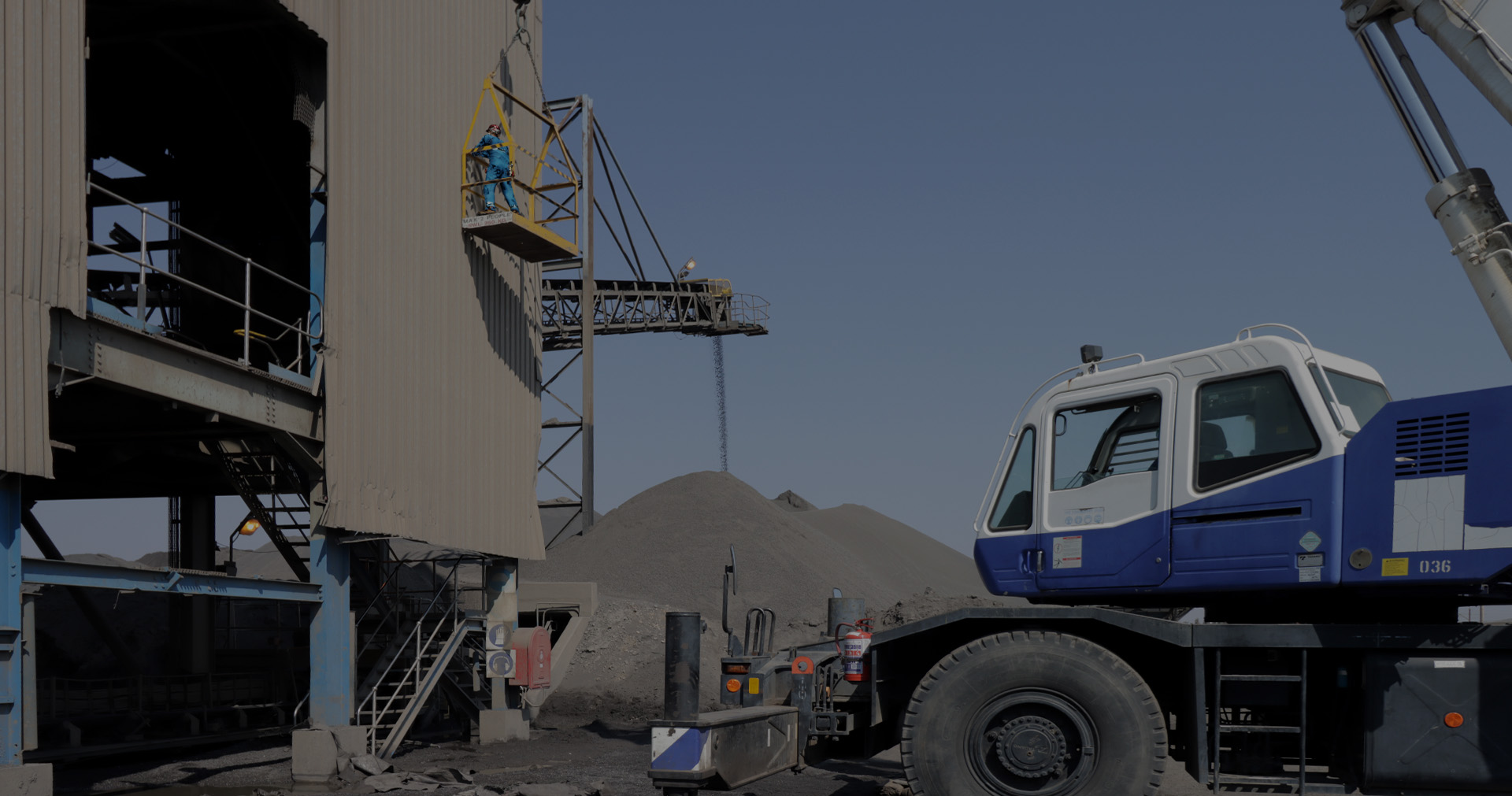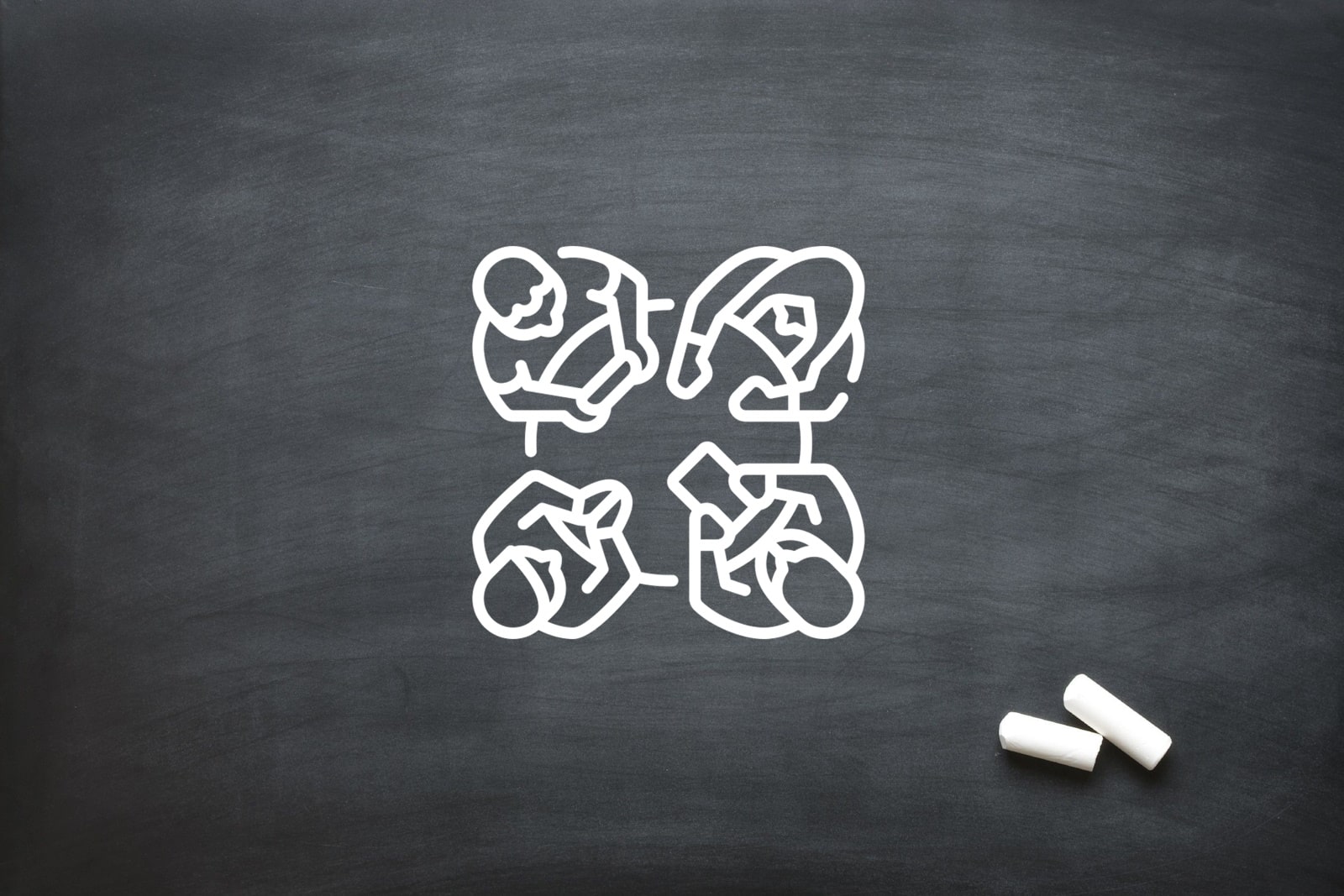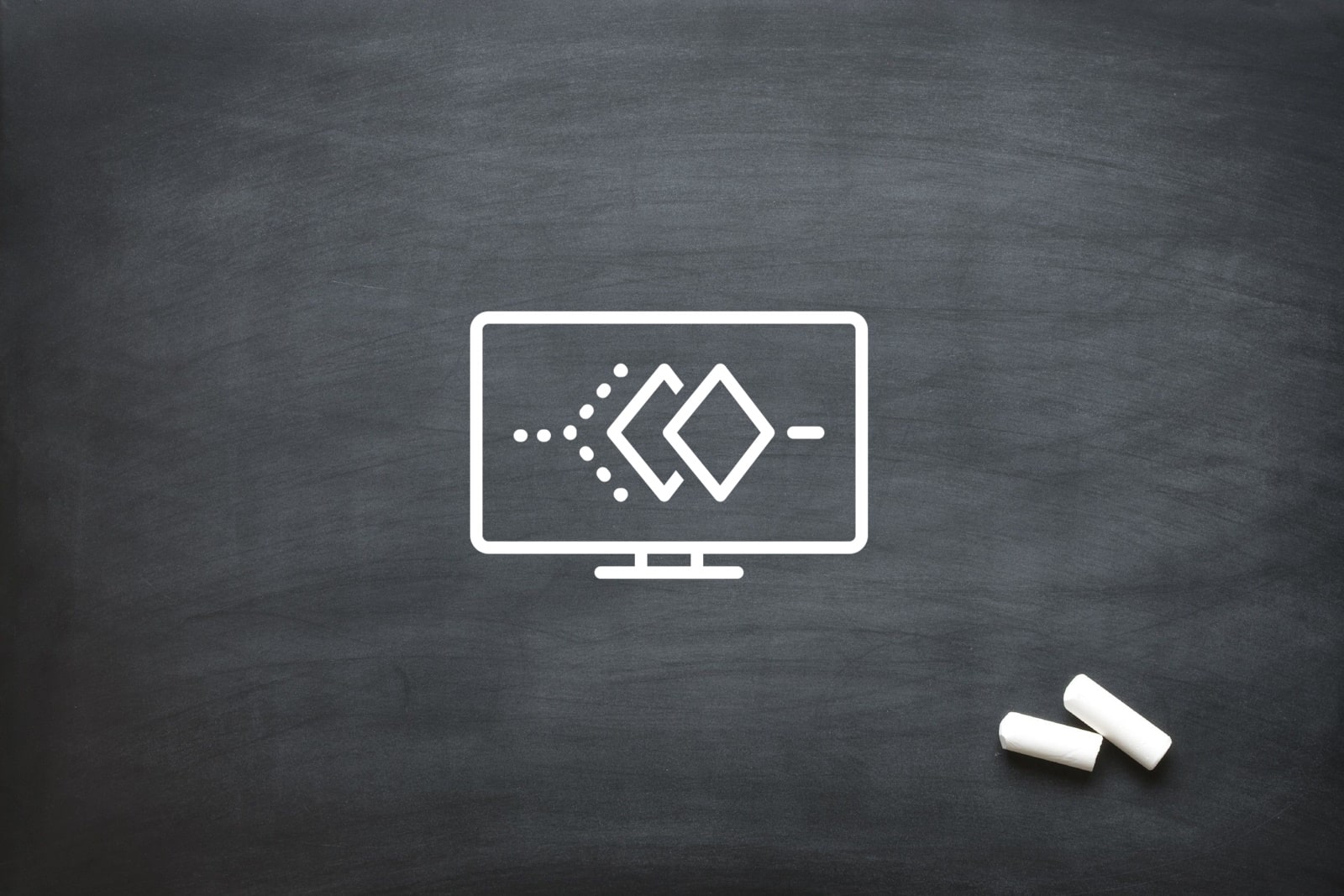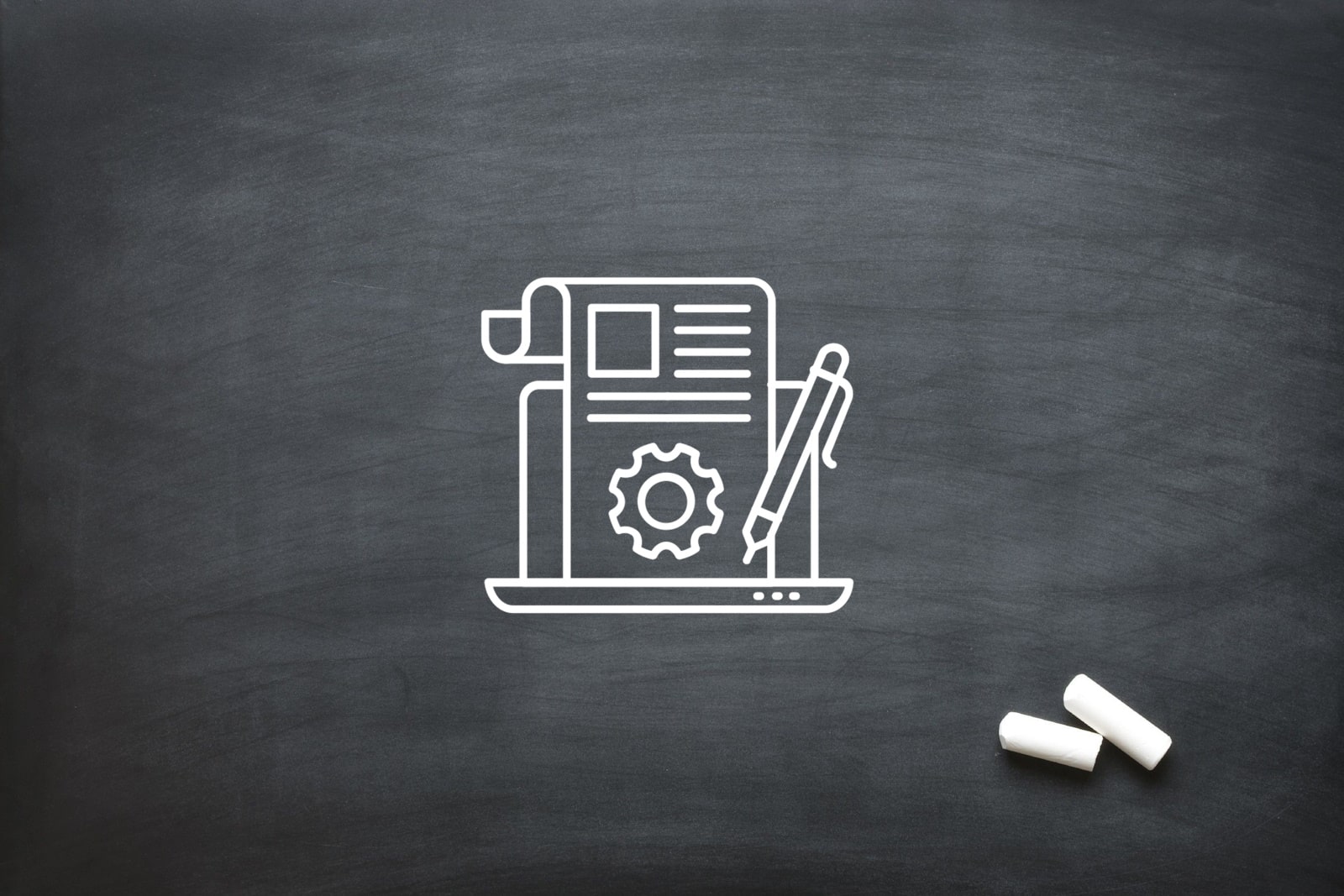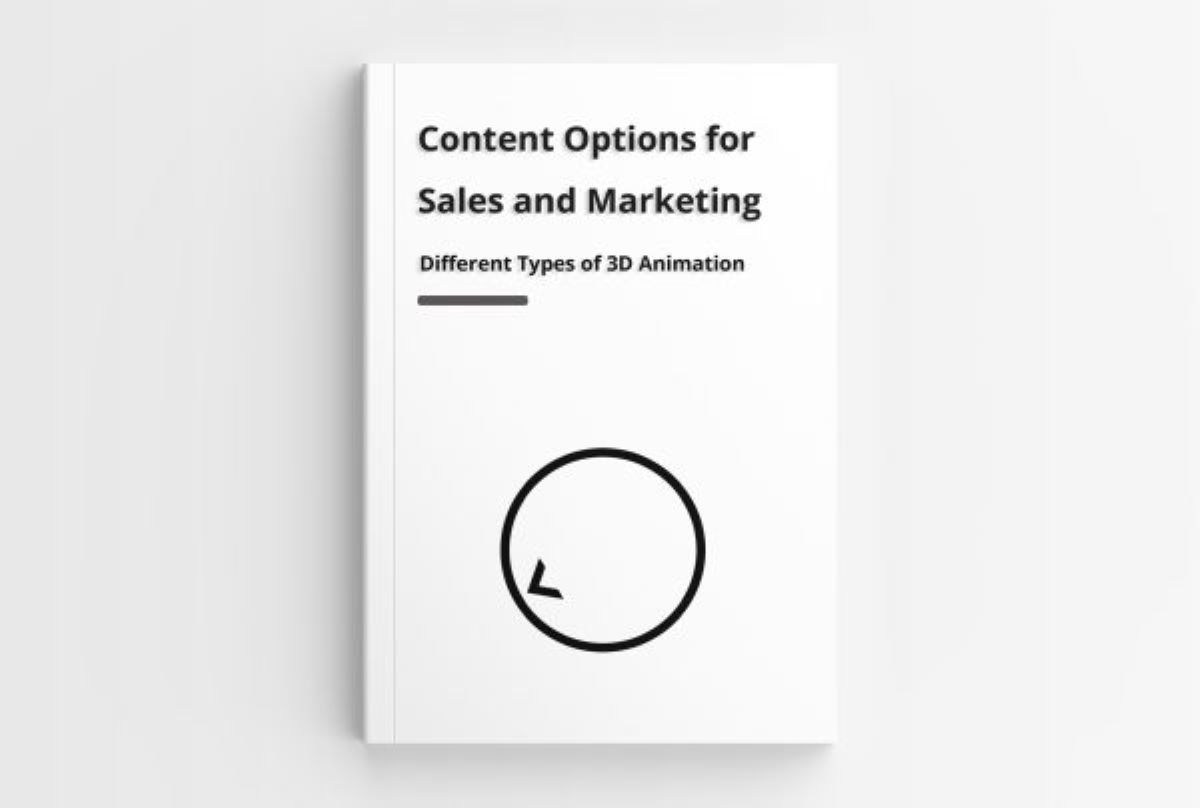
3D Animation Content Options
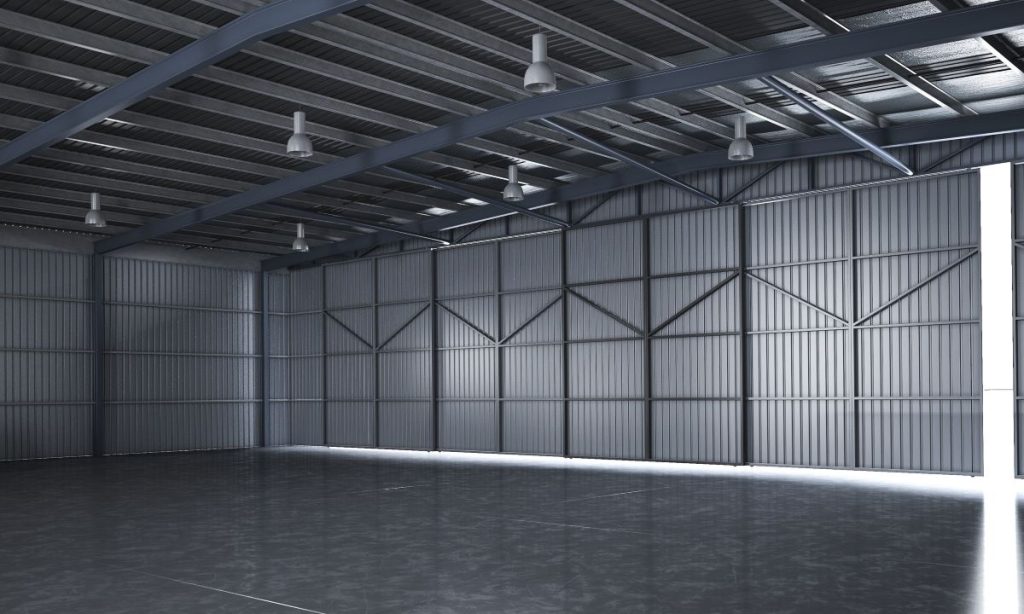
3D animated video production came from humble beginnings and can be traced back to as early as the 1900s, back then 3D animation was a bit different to what we all know and love today.
It started out as a film technique referred to as claymation, claymation consisted of models being built out of clay. These models were then altered by tiny increments and recorded, these recordings were then stitched together to simulate movement. This style is similar to stop-motion, the only difference being the use of clay-based models.
In the sixties, however, the use of computers became much more common. This led to programs being built to generate 3D models electronically. Thus computer-generated imagery was born (CGI).
In 1984 the first commercially accessible 3D animation software was released to the public.
This led to companies adopting this style of animation to easily communicate complex topics to their target markets through interesting 3D renderings.
But what kinds of 3D animated video productions are there and how can they be beneficial to your company, sales and marketing teams?
Types of 3D Animation
Motion Graphics:
Motion graphics are among the most popular animations and consist of a union between graphics design, movement and sometimes audio elements. Through the union of these two or three mediums, we can achieve something that is striking and eye-catching.
Motion Graphics focuses heavily on the use of text and text-based elements but aren’t limited to such. Motion graphics do not necessarily tell a story like most forms of 3D and 2D animation, but it does lend their support in communicating stories better through their use.
Motion graphics can be used to communicate complex topics, animate logos or build introductions for your company videos.
Motion graphics can be used by marketing staff to build interesting announcements, promotions or even display informational content and topics to your consumers via your social platforms.
Sales staff would use this form of animation to strengthen the information provided in both their sales presentations and digital sales pitches.
Through motion graphics, you are able to make even the most tiring graphs and laborious statistics seem interesting and engaging. This has the ability to lead to a much more captivating audience and a higher chance of closing your prospective sales deal.
Screencast Animation:
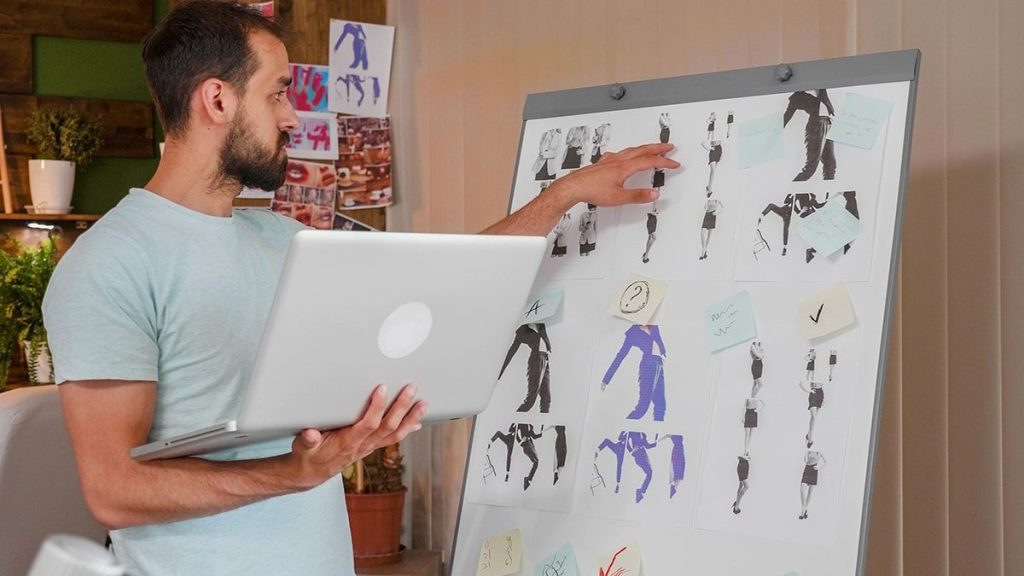
Screencast animation makes use of screen recordings and combines them with audio to produce a style of animation that is primarily used for explainer video purposes.
These animated video productions can be used to showcase a number of things such as how to complete an action in a company based systems, how to sign up for a website or even software tutorials.
Marketing staff would use these types of videos to show consumers how to purchase products from your online store, how to sign up to your rewards program etc. These videos can be used on social platforms, emails and websites alike.
Your sales staff would for example use these animations when selling software-related products so that they can educate the potential buyer on how the software works and is used.
By showcasing and educating your consumers you are able to build a bond of trust between them and yourself which could lead to higher sales turnover.
3D Rendered Virtual Tours:
3D rendered virtual tours are a form of animation in which businesses, venues, properties or buildings are built electronically and programmed so that a consumer may access the property in question through online platforms.
3D rendered virtual tours have the ability to bring customers to your business or property without leaving the comfort of their home. Allowing them to gain insight into how your business looks and what amenities or capabilities it may have.
Marketing and sales staff would use such animations to promote your company, its assets and/or products to interested parties via online platforms. These would normally be hosted on one website with specialised software but recently we have seen the use and functionality branch out to social platforms.
Virtual Reality Video:
A virtual reality video is a form of video that consists of Omnidirectional video in which a viewer can look around freely in the environment that the video is based in.
These videos can be recorded in real-time in the real world however they can be limiting, visual animators are able to animate complex scenes in which the user can interact with their surroundings in a life-like manner.
This has opened the endless possibility for applications, such as specialised training for high-risk jobs that wouldn’t be easily accessible, or creating marketing and sales content in which a user could interact with your product or service from the comfort of their home.
Providing your consumers with holistic views of your products and life-like views thereof could lead to higher sales turnover.
Virtual reality has also become far more accessible, allowing users to access these videos from virtually any smart device without the use of a virtual reality headset.
Enabling market and sales staff to easily incorporate these videos within the marketing strategies and sales tools.
Augmented Reality:
Augmented reality (AR) is a form of animation where animated elements are placed into the real world through the use of camera and software technologies.
Through the use of augmented reality, you are able to place renders of products and animated elements into your immediate environment allowing you to for instance see what a product would look like in your home or how a paint colour would like on your walls.
Augmented reality augments the surroundings of the real world around the user.
This form of animation has grown in popularity in recent years with the advancements found in mobile phones.
Marketing and sales staff are now able to let consumers and interested parties easily interact with their product offerings, seeing how it would fit into their surroundings, having a clear understanding of what the product may look like and even providing them a clear understanding of how the product and each of its components work.
Marketers have also moved to social platforms, creating augmented reality filters which could be applied to photos or videos posted by social media users in which company branding and products can be marketed and interacted with.
3D Animation for Health and Safety Training
3D animation is an effective tool for creating engaging and informative health and safety training videos. By using 3D animation, you can visually demonstrate potentially hazardous situations and their consequences in a clear and easy-to-understand way. For example: You can create animations that simulate a factory floor with moving equipment and machinery, showcasing the proper safety protocols that need to be followed while operating the machinery. You can include elements such as machine breakdowns or accidents to showcase what could go wrong if the right safety protocols aren’t followed. Additionally, you can create animations that show how to handle hazardous materials or how to be prepared in case of an emergency. With 3D animation, you can create a virtual environment that mimics real-life situations, providing employees with realistic training scenarios that can help save lives and minimise risk in the workplace.
Overall, using 3D animation for health and safety training videos create an immersive learning experience that helps retain information better than traditional training methods. You can also easily adapt CAD drawings for complex machinery to reduce your production time for complex assets.
Benefits of incorporating 3D Animation in Health and Safety videos
Enhanced Engagement: 3D animation can be used to create engaging and interactive health and safety training videos that can hold the viewer’s attention better than traditional training methods. 3D Animation is also the most detail-oriented medium and in health and safety training, the devil is in the detail.
Visual clarity: 3D animation can bring complex health and safety concepts to life and visually explain hazards, risks, and safety procedures with greater clarity and detail than traditional training methods. It is also so much easier to demonstrate the consequences of not adhering to the rules. This is where 3D Animation shines over 2D, the level of detail and the use of a third dimension allows you to create very clear demonstrations of often complex or complicated procedures and processes.
Replication of risky environments: 3D animation can replicate risky environments, enabling the safety professionals to train workers in a virtual environment, without the need to physically expose them to hazardous situations. This is further leveraged when compared with traditional video as 3D requires no filming to produce. This means no interruptions to operations and a streamlined content production process.
Accessibility: 3D Animations can be used to create health and safety training videos that are accessible for everyone, including individuals with disabilities, who may otherwise struggle to understand safety procedures. 3D Animation’s can also be repurposed into smaller clips which is ideal for creating complementary training for your employees. They can easily be downloaded, or viewed as byte-sized pieces of training content.
Cost-Effective: 3D animation offers a cost-effective solution for creating health and safety training videos, allowing safety professionals to create high-quality training materials without the need for expensive on-site shoots and setups. This is even more beneficial when working with the same animation studio as all the created 3D assets can easily be repurposed for additional video applications. If you consider how many health and safety videos are turned into shorter edits for visitors and contractors, this benefit becomes even more valuable.
Using 3D animation in health and safety training videos offers several advantages, including enhanced engagement, visual clarity, the ability to replicate risky environments, accessibility, and cost-effectiveness. Especially when coupled with the same animation studio, and in the age of remote work.
Conclusion
3D Animation offers many forms in which sales and marketing can be driven, the animated videos are found to be extremely engaging and easy to digest which makes animated video content a strong contender in the realm of content options.
This article will receive weekly updates, check-in next week for more information on how 3D animation can be used to bolster your sales and marketing efforts.
If you have any further questions regarding animated video production or require such services for yourself or your company, get in contact with one of our team members today.
We are a leading video production company in Johannesburg and have one of the top learner management systems in South Africa. We specialise in Video Production, Photography, Graphic Design, eLearning Development, Web Design, Animation and Creative Consultation. | info@oliverkarstel.co.za | www.oliverkarstel.co.za | IG.com/oliverkarstel
